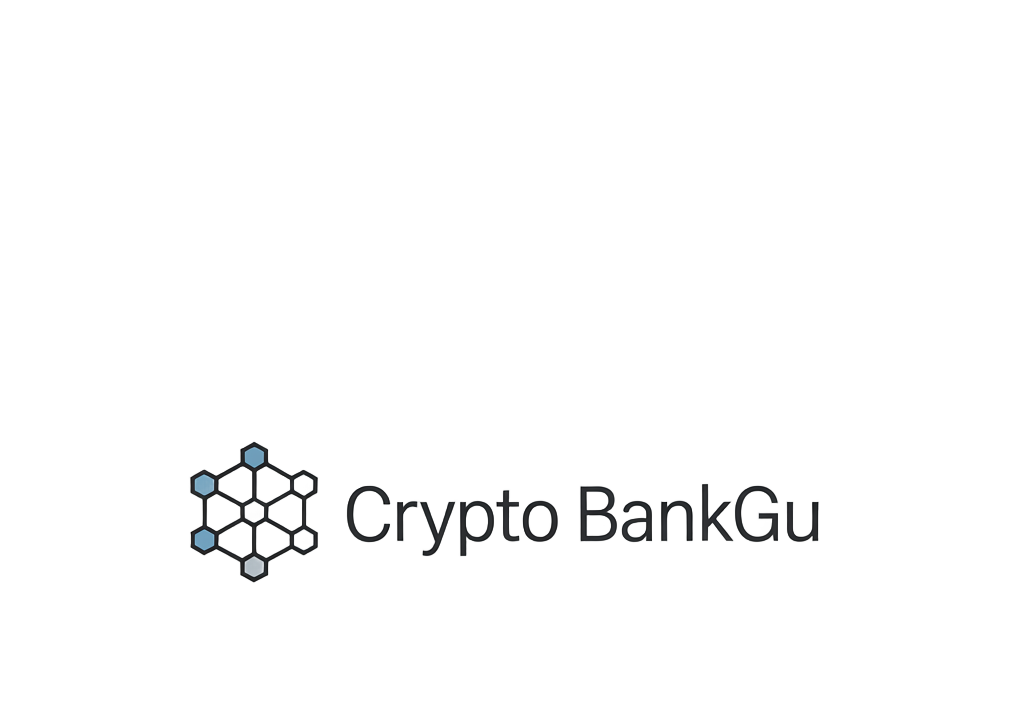
Stablecoins, a class of digital assets pegged to stable currencies like the U. S. dollar, are rapidly upending the traditional landscape of global banking and cross-border payments. As the market matures, stablecoins are not just a technical curiosity for crypto enthusiasts, they are becoming foundational infrastructure for modern finance, with major implications for banks, businesses, and individuals worldwide.

Why Stablecoins Are Disrupting Global Banking
Historically, cross-border payments have been slow, opaque, and expensive. Multiple intermediaries, limited banking hours, and legacy systems mean that international transfers can take days and cost as much as 7% of the transaction value. Stablecoins are changing this paradigm by leveraging blockchain networks that operate 24/7, offering near-instant settlement and drastically lower fees, sometimes reducing transaction costs by up to 99% (source: coincu. com). This level of efficiency is unprecedented in traditional finance and is forcing banks to rethink their role in the value chain.
Major consultancies like McKinsey and Company predict that stablecoin adoption could trigger a material shift across the payments industry as soon as 2025. The entry point is cross-border payments, but the endgame is much broader: stablecoins could catalyze a complete reimagining of how money moves globally, from remittances to corporate treasury management. Learn more about how stablecoins are streamlining cross-border transactions here.
Financial Inclusion: Banking the Unbanked with Digital Dollars
The transformative power of stablecoins extends beyond efficiency, they also have profound implications for financial inclusion. In regions where traditional banking infrastructure is lacking or unreliable, stablecoins provide a lifeline. Anyone with internet access and a digital wallet can now send and receive stable-value payments without a bank account or credit history. This democratization of access is especially impactful in emerging markets, where volatile local currencies and high remittance fees have historically excluded millions from global commerce.
Key Benefits of Stablecoins for Emerging Market Users
-
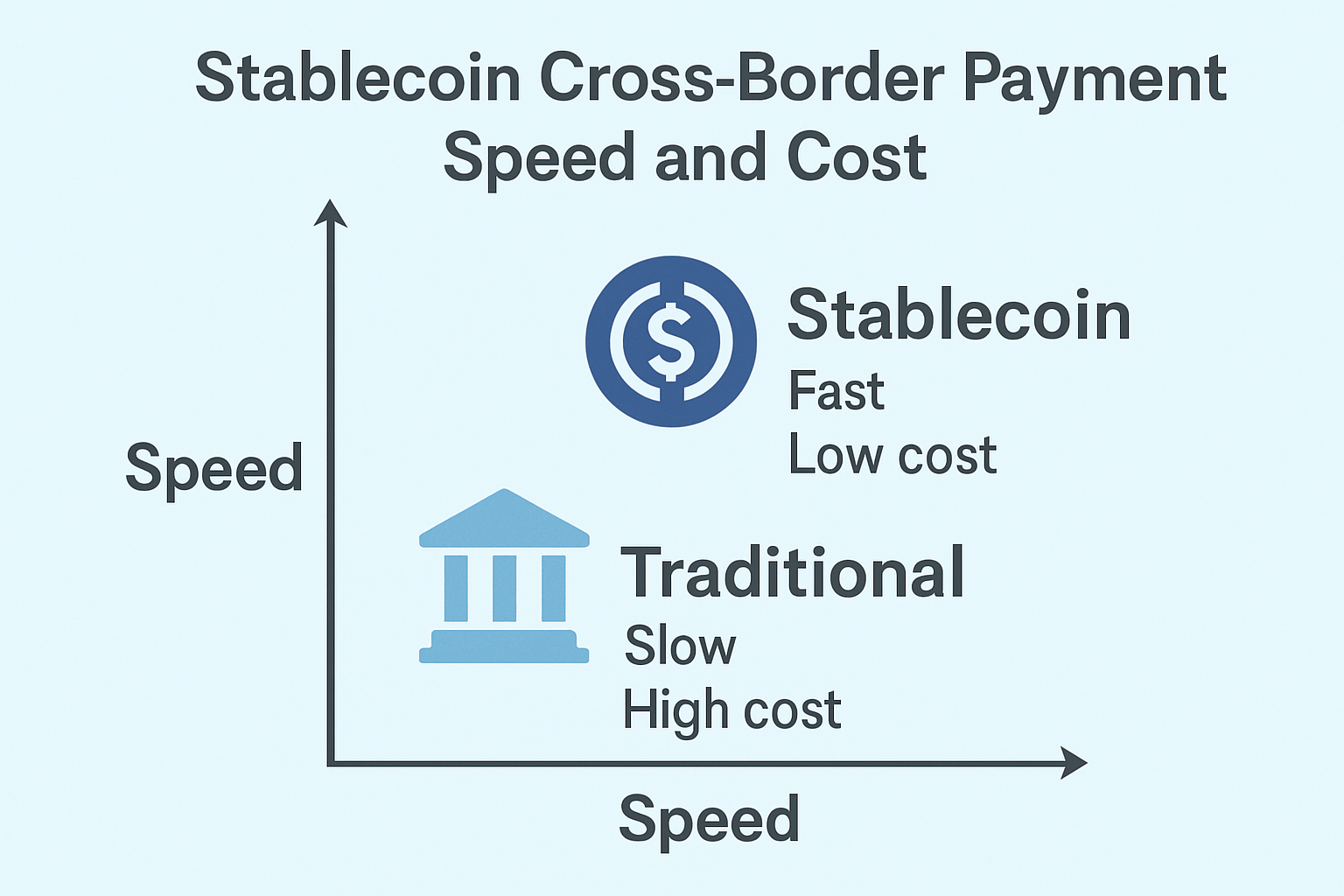
Faster and Cheaper Cross-Border Payments: Stablecoins enable near-instant, 24/7 international transfers with transaction fees that can be reduced by up to 99% compared to traditional banking systems. This is especially impactful for remittances and business payments in emerging markets.
-
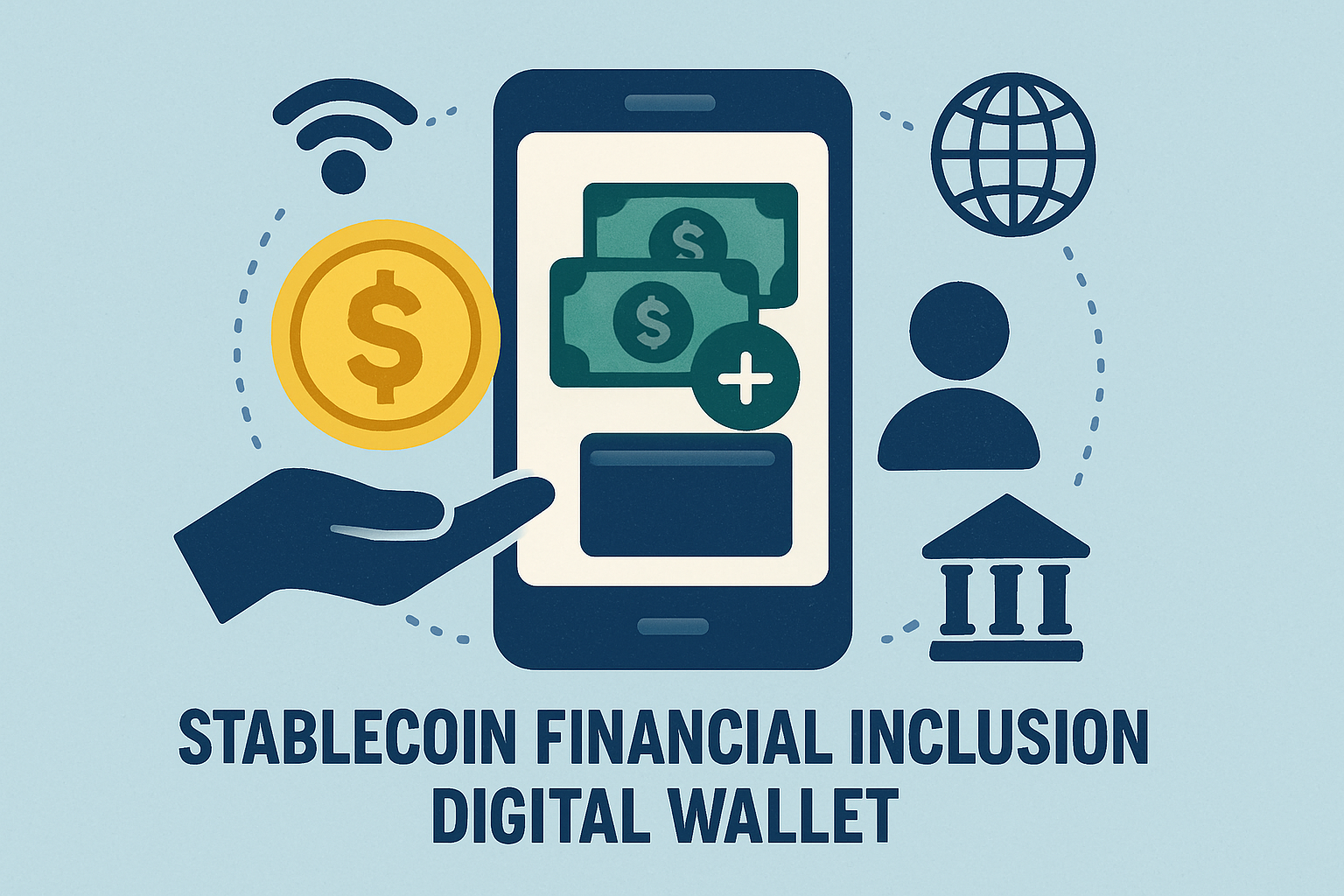
Enhanced Financial Inclusion: With only internet access and a digital wallet, individuals in underserved regions can access stablecoin-based financial services without needing a traditional bank account, bridging gaps for the unbanked population.
-
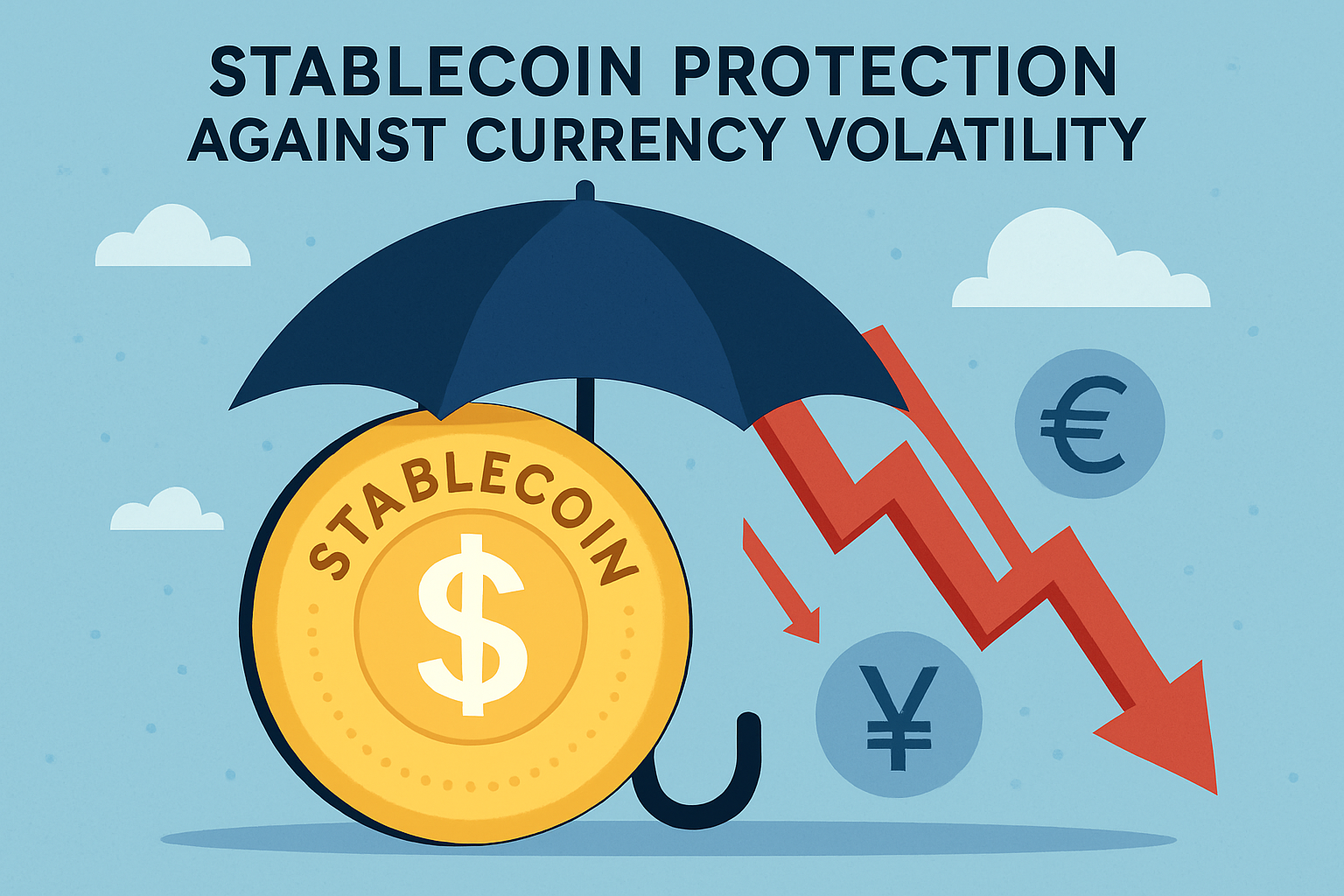
Protection Against Local Currency Volatility: Stablecoins pegged to major currencies like the U.S. dollar offer users in high-inflation economies a more stable store of value and medium of exchange, helping preserve purchasing power.
-
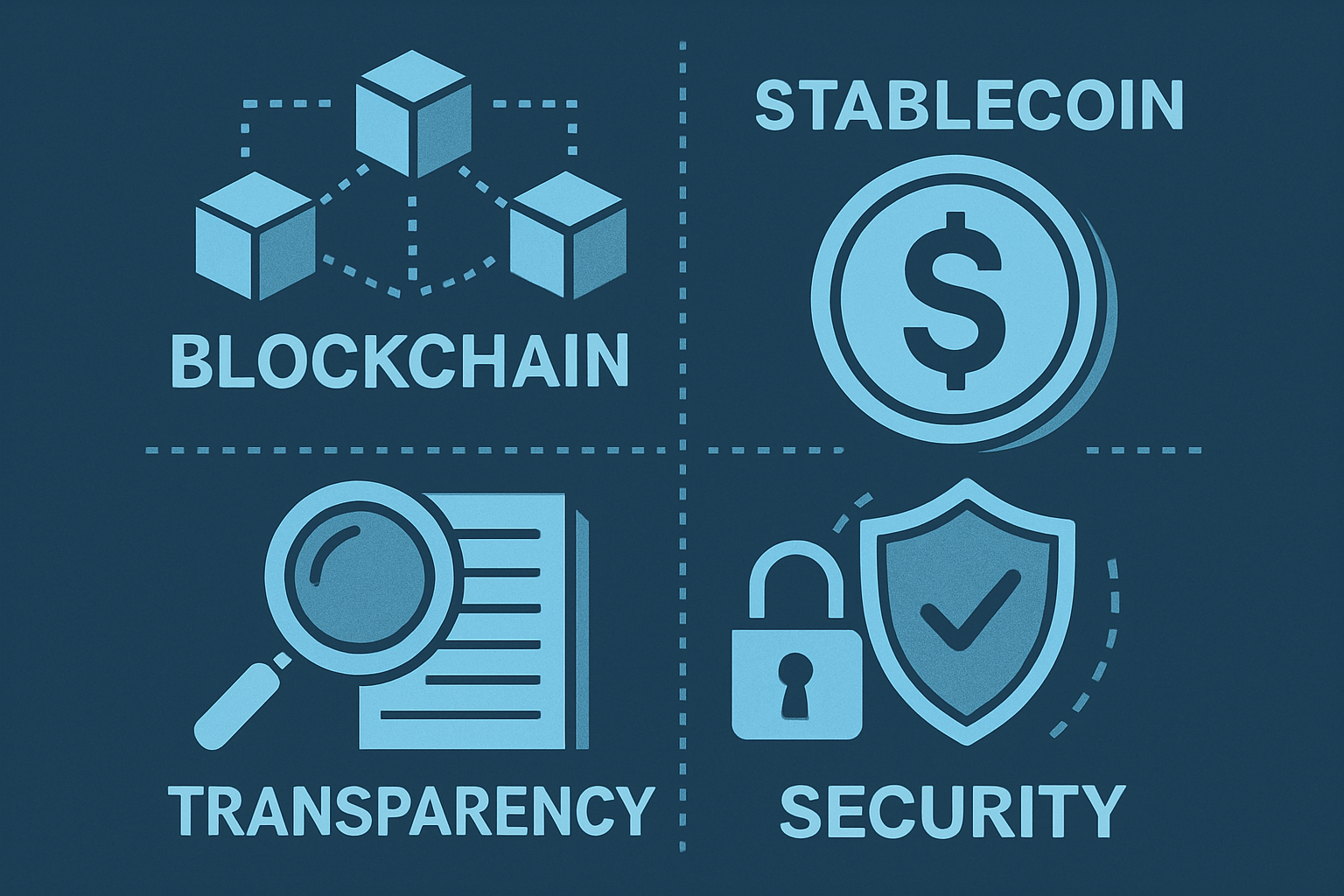
Increased Transparency and Security: Transactions on public blockchains are traceable and secure, reducing fraud risks and enhancing trust in cross-border payments for users in emerging markets.
-
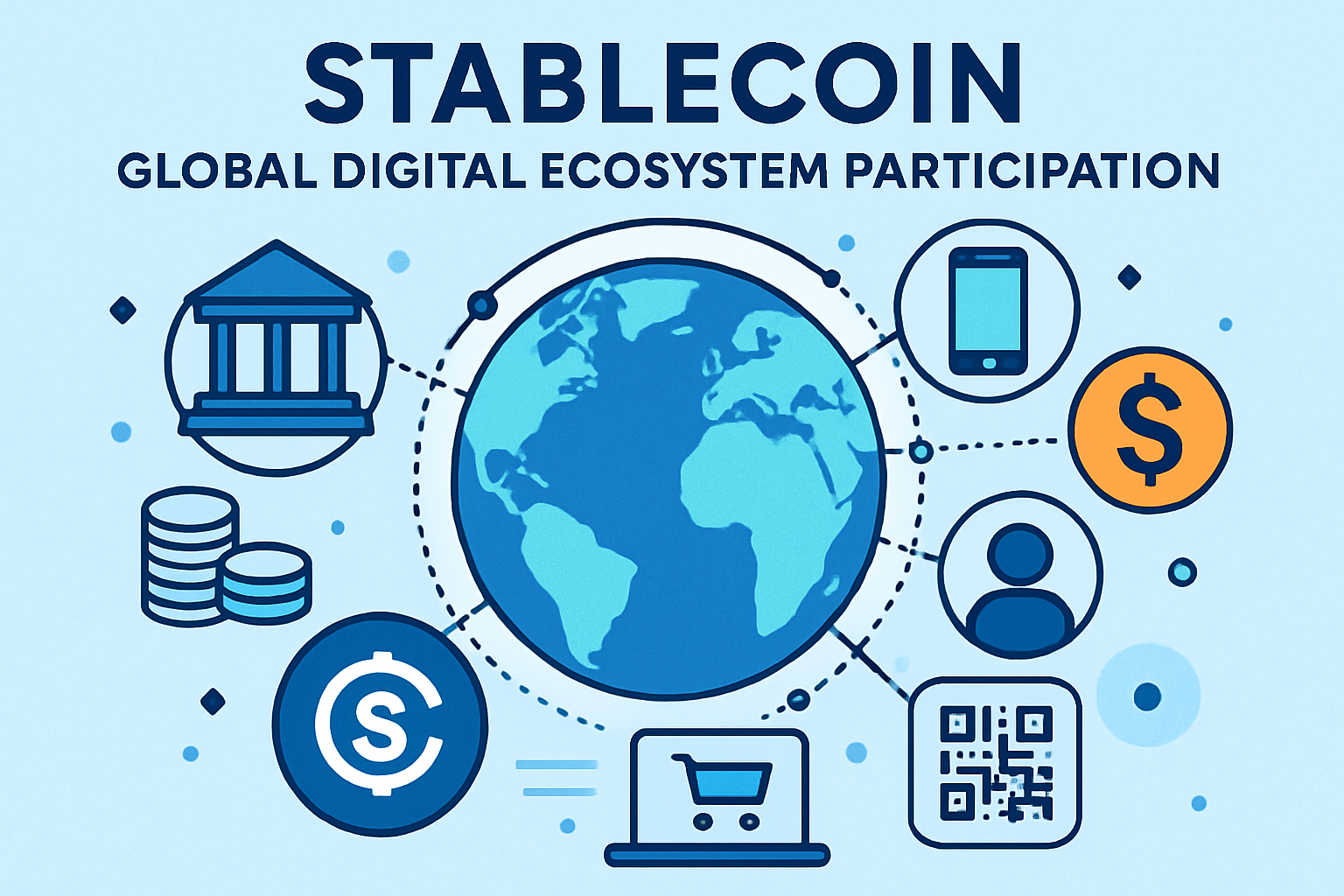
Access to Global Digital Ecosystems: Stablecoins allow users in emerging markets to participate in global e-commerce, decentralized finance (DeFi), and digital asset platforms, expanding economic opportunities beyond local borders.
As outlined by the IMF and other global bodies, this new wave of digital banking could help close the financial inclusion gap, but it also poses challenges like potential dollarization, where local economies become dependent on foreign-pegged digital assets.
The Impact on Traditional Banks and Regulatory Response
The rise of stablecoins is not without consequences for legacy institutions. According to Standard Chartered, U. S. dollar-backed stablecoins could siphon off $1 trillion from emerging market banks within three years as customers seek safer and more efficient alternatives (read more about this forecast here). Banks are increasingly concerned about losing deposits to stablecoin issuers who offer rewards similar to interest-bearing accounts, often without the same regulatory oversight or deposit insurance.
This disruption has caught the attention of regulators worldwide. The Bank of England, for example, plans to impose individual caps on stablecoin holdings (between £10,000 and £20,000) to mitigate systemic risks. Meanwhile, international bodies like the Financial Stability Board are calling for coordinated global frameworks to address regulatory gaps exposed by the cross-border nature of crypto assets.
Institutional Adoption: From Experimentation to Mainstream Integration
Far from resisting change, leading financial institutions are beginning to embrace stablecoin technology. Japan’s top banks, Mitsubishi UFJ Financial Group, Sumitomo Mitsui Financial Group, and Mizuho Financial Group, have announced joint plans to issue a yen-pegged stablecoin designed for seamless B2B transactions among corporate clients. This move signals a significant shift toward integrating digital currencies within mainstream banking operations, paving the way for further innovation in both retail and wholesale finance (explore how traditional banks are issuing their own regulated stablecoins).
As this institutional momentum accelerates, stablecoins are no longer viewed as fringe instruments. Instead, they are becoming a core component of the payments infrastructure for both crypto-native companies and established banks. The ability to settle transactions instantly, across borders and time zones, is now a competitive necessity rather than a futuristic aspiration.
“Stablecoins are moving faster than most banks realize. Cross-border is only the entry point. Once clients see instant settlement and transparent fees, expectations shift permanently. “
This evolution is already prompting multinational corporations to reevaluate their treasury operations. By leveraging stablecoins for intra-company transfers and supplier payments, organizations can optimize liquidity management and reduce exposure to currency volatility. The integration of programmable money, where payments can be automated based on smart contract logic, unlocks further efficiencies that traditional rails simply cannot match.
Risks and the Future of Digital Banking with Stablecoins
With rapid adoption comes heightened scrutiny. The IMF and central banks warn that unchecked use of stablecoins could accelerate dollarization in emerging markets, undermining local monetary policy and financial stability. Moreover, concerns persist around the transparency of reserves backing some stablecoins and the regulatory arbitrage that can occur when issuers operate across multiple jurisdictions.
Regulatory clarity will be essential for unlocking the full potential of stablecoins while safeguarding consumers and financial systems. As new rules take shape globally, expect to see more collaboration between regulators, banks, and technology providers. This is especially critical as new products emerge, such as stablecoin-backed payment cards: which promise even greater accessibility but also introduce new vectors for risk.
Key Regulatory Priorities for Stablecoin Adoption
-
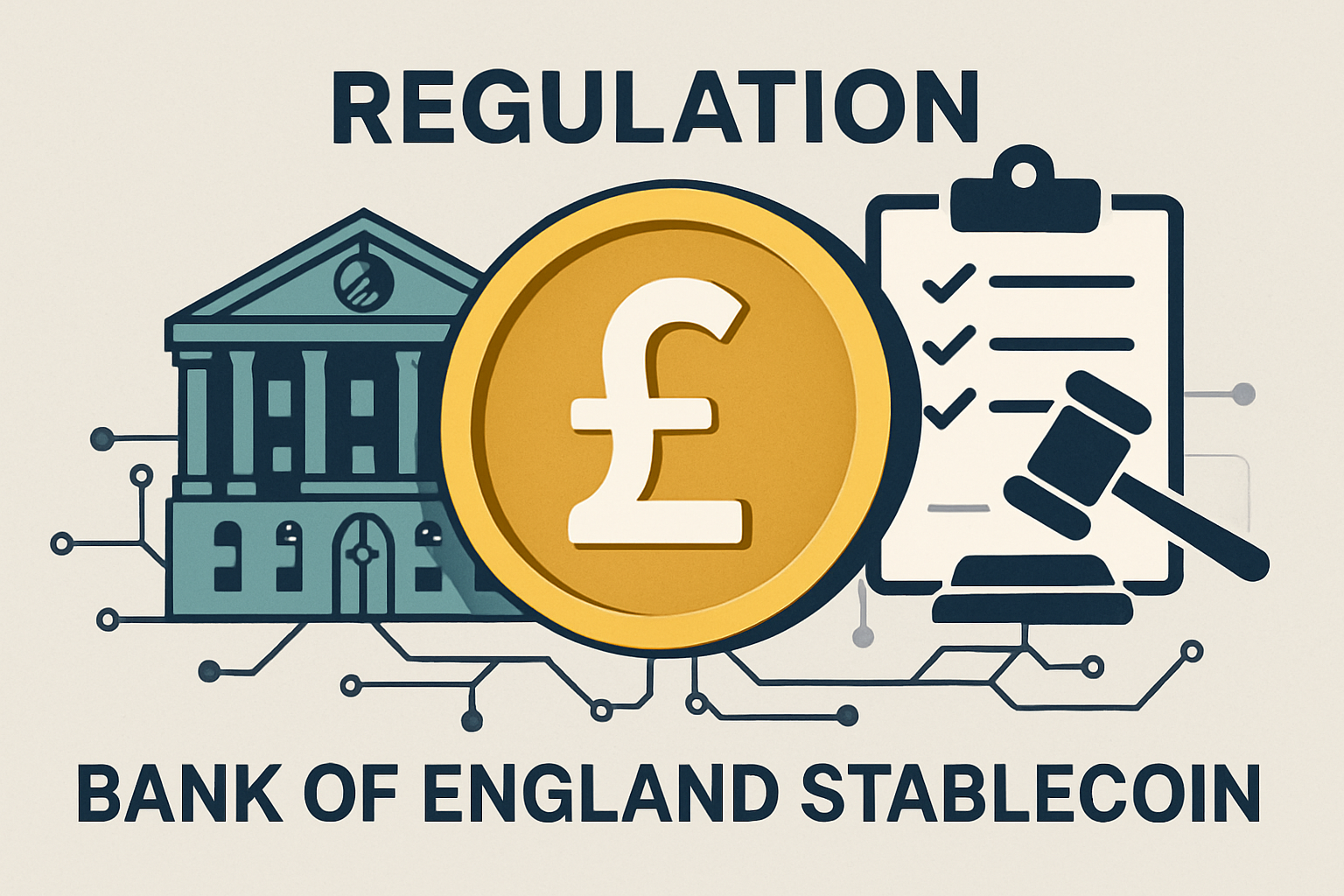
Ensuring Financial Stability: Regulators such as the Bank of England are proposing caps on individual stablecoin holdings (e.g., £10,000–£20,000) to limit systemic risk and prevent destabilizing outflows from traditional banks.
-
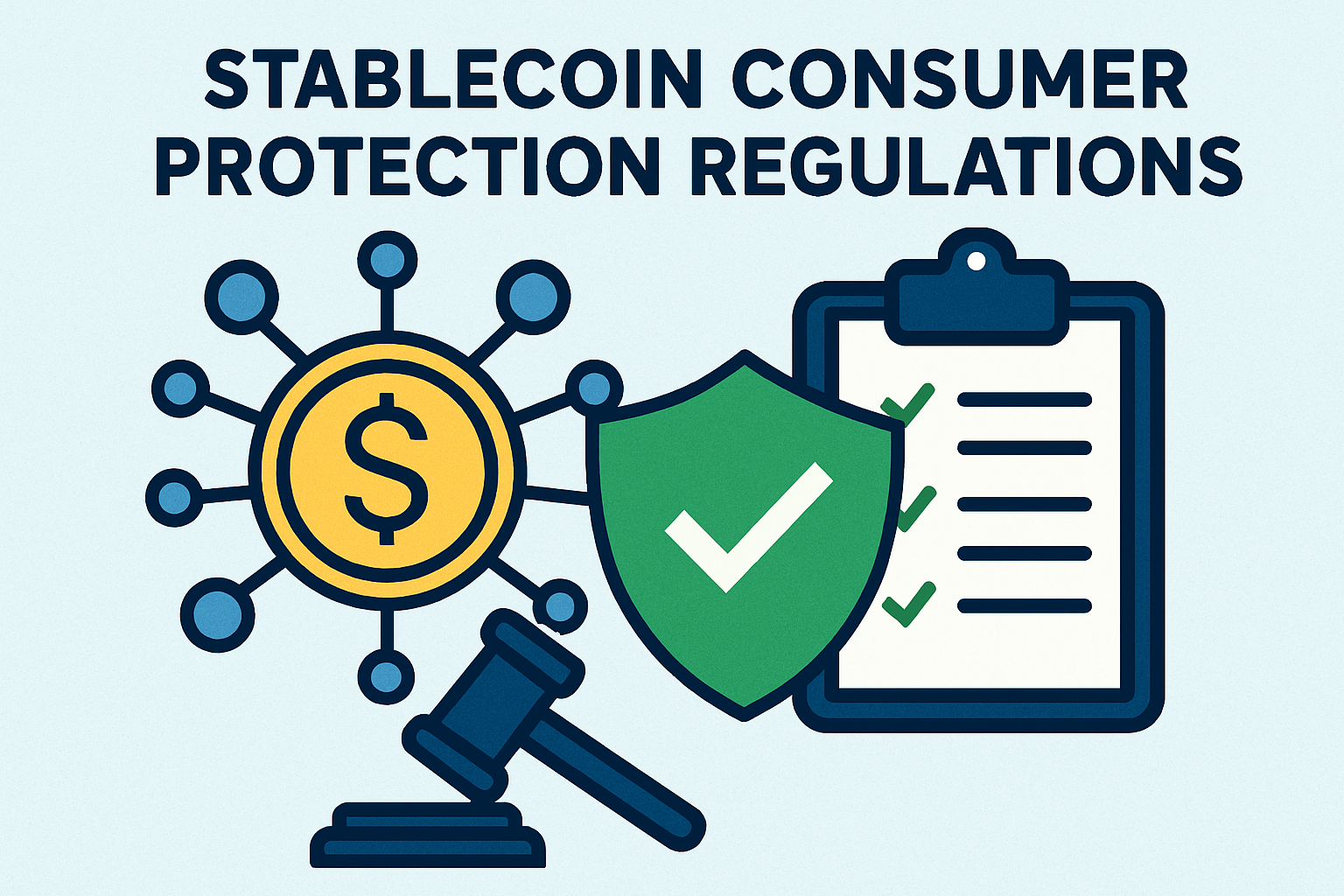
Establishing Robust Consumer Protections: Authorities are emphasizing the need for clear rules around redemption rights, transparency, and risk disclosures to protect users, especially as stablecoin issuers may offer interest-like rewards without federal safeguards.
-
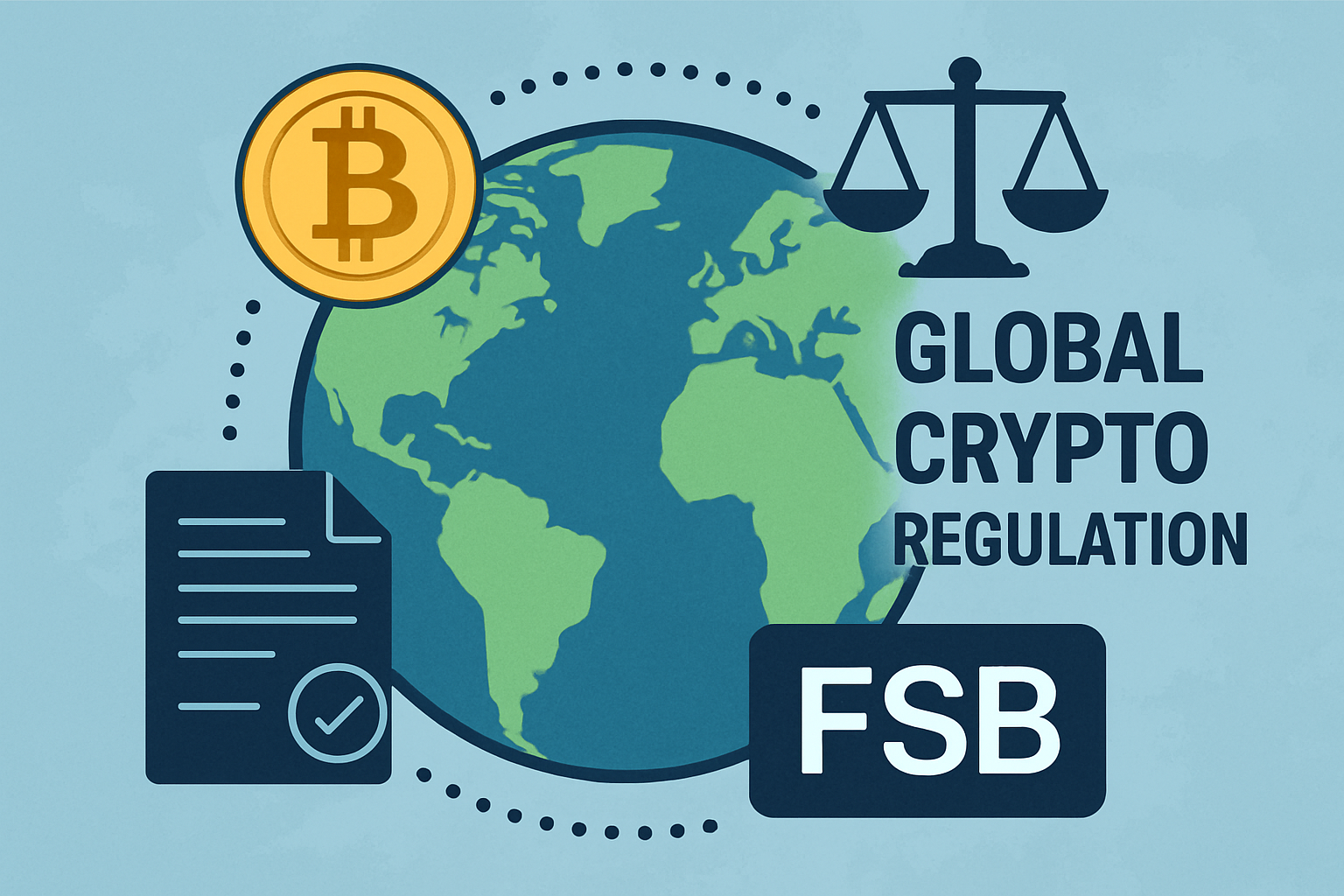
Promoting International Regulatory Coordination: The Financial Stability Board (FSB) and G20 have highlighted significant gaps in global crypto regulations, urging cross-border cooperation to address the international nature of stablecoin transactions.
-
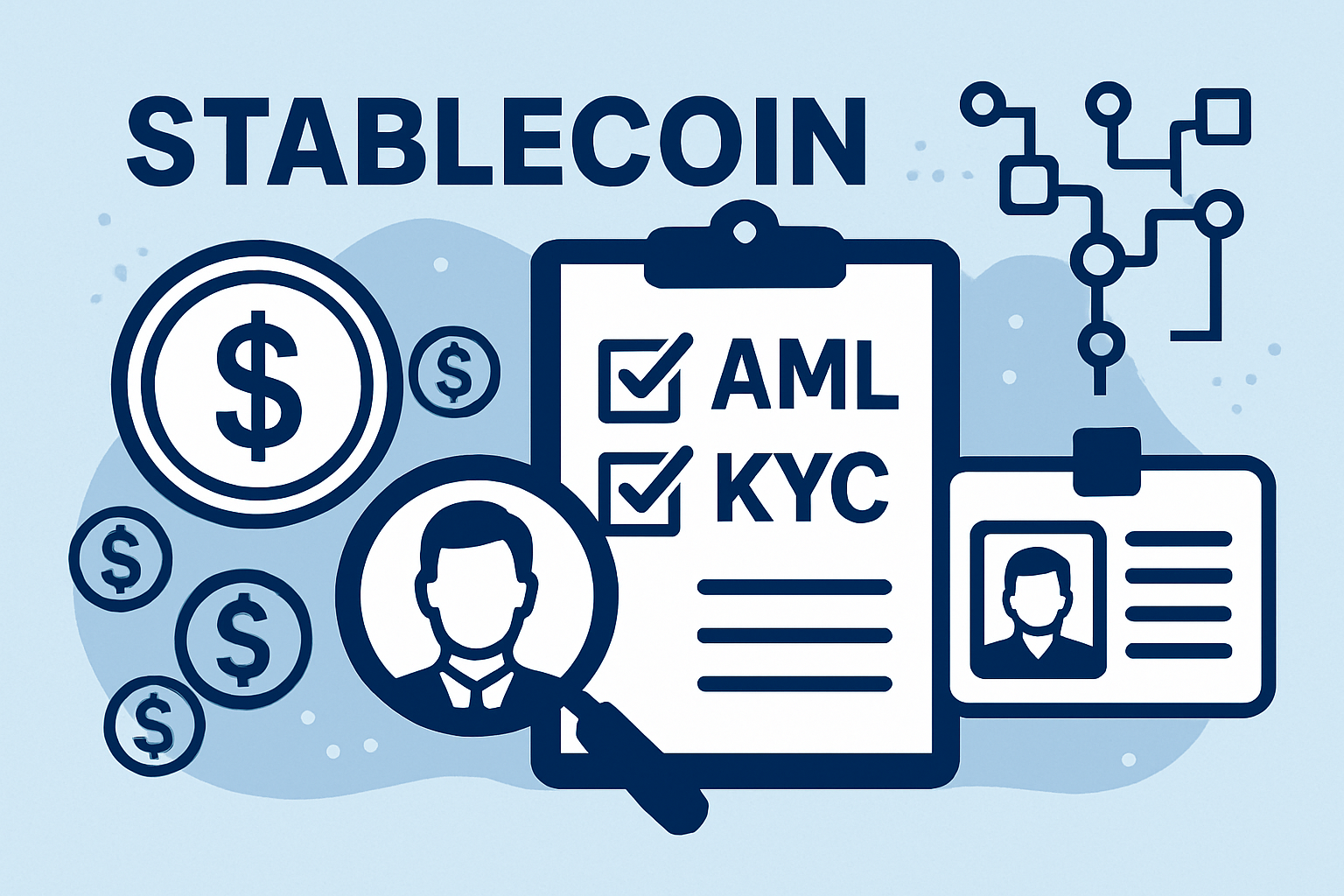
Implementing Effective Anti-Money Laundering (AML) and Know Your Customer (KYC) Standards: Regulators globally are working to ensure stablecoin platforms comply with AML and KYC requirements to prevent illicit activities and enhance trust in digital payments.
-
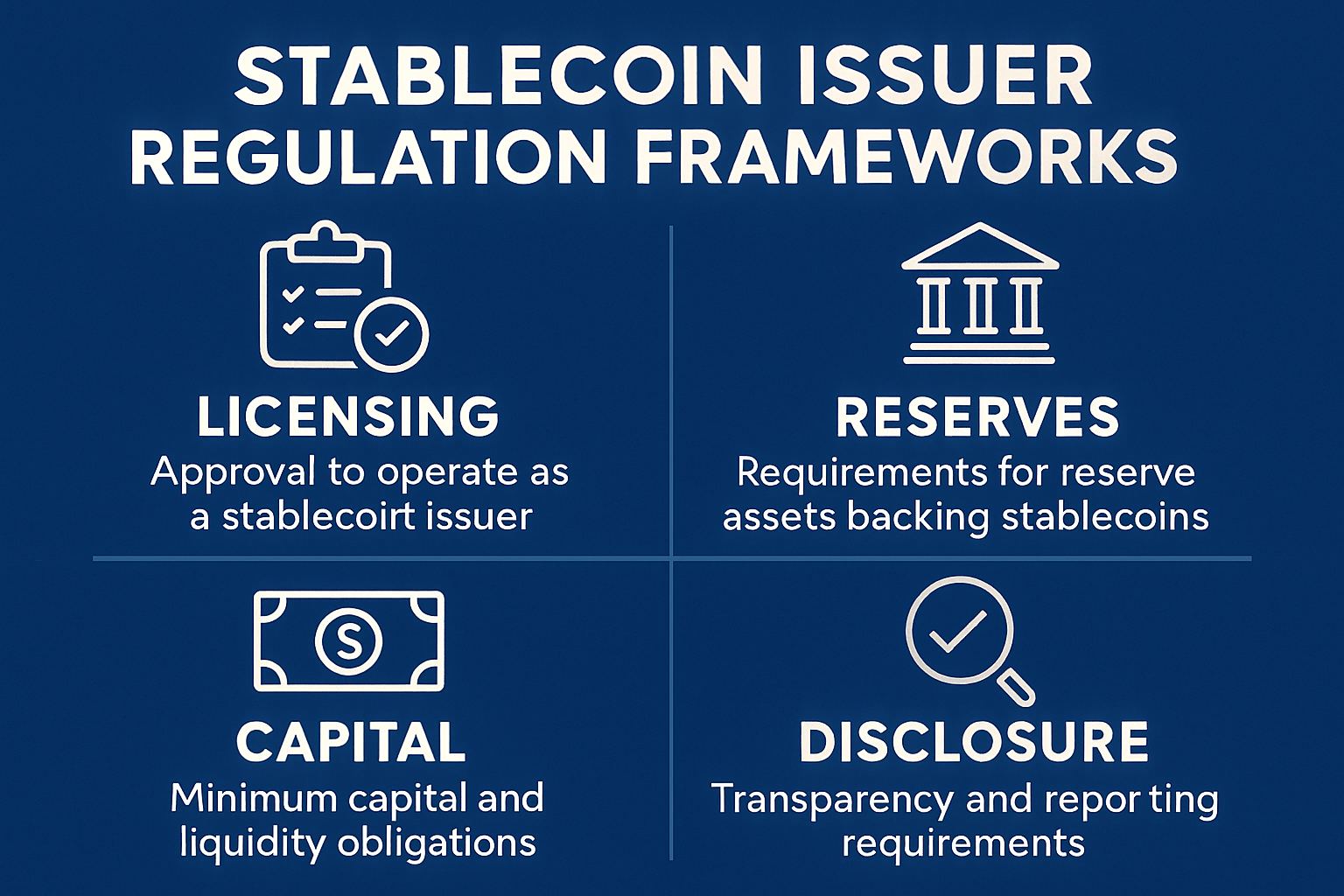
Defining Clear Issuer Requirements and Supervision: Regulatory bodies are developing frameworks to clarify licensing, capital reserves, and operational standards for stablecoin issuers, ensuring they maintain adequate backing and oversight similar to traditional financial institutions.
What’s Next? Crypto Banks and the Evolving Payments Landscape
The convergence of crypto banks and stablecoin services is poised to reshape the entire financial ecosystem. As digital asset regulations mature and interoperability improves, expect crypto banks to offer seamless on-ramps between fiat, stablecoins, and other digital assets, making cross-border payments frictionless for businesses and individuals alike.
This dynamic environment will reward those who stay informed and agile. For businesses considering a transition to stablecoin-powered payments or treasury solutions, now is the time to evaluate providers, assess regulatory developments, and build internal expertise. For individuals in high-fee remittance corridors or unstable currency environments, stablecoins offer not just lower costs but genuine financial empowerment.
The bottom line: stablecoins are not just a technological upgrade, they represent a fundamental rethink of how money moves across borders. Whether it’s the $1 trillion forecasted shift from emerging market banks or the proliferation of regulated digital currencies by traditional institutions, the transformation is well underway. The winners will be those who anticipate change and adapt early in this new era of digital banking.
